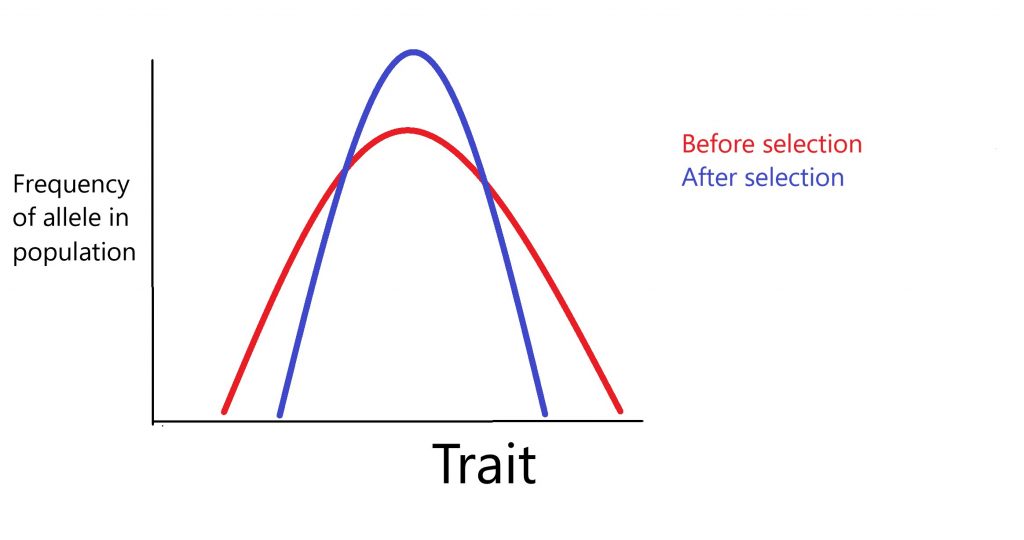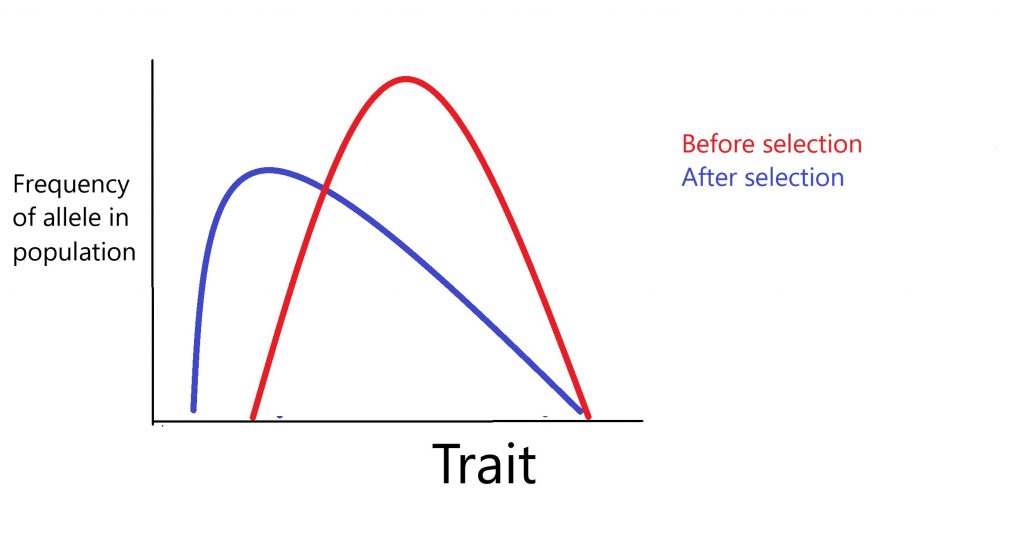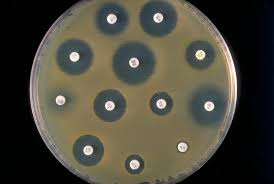Contents
Genetic Diversity and Adaptations
Genetic Diversity and Adaptations
Genetic diversity refers to the number of different alleles in a population.
A gene pool is the collection of all genes and alleles in a population at a particular time. The proportion of organisms within the population carrying a particular allele is known as the allele frequency.
The genetic diversity of a population enables natural selection to occur.
Natural Selection
Natural selection is the process that leads to evolution within a population. It is often a 5-mark question in exams.
- Random mutations occur within the population.
- This introduces genetic variation to the population.
- While some mutations are harmful, others provide organisms with an advantage to survive in their environment.
- The new allele provides a reproductive selective advantage. Therefore, the individual with the allele is more likely to reproduce and pass the allele onto their offspring.
- Over many generations, there will be an increase in the frequency of this allele within the population.
This change in the allele frequency in a population is what evolution is. The end result is that species are better adapted to their environment. Adaptations can be classified as anatomical, physiological, or behavioral. Below are examples of each type of adaptation in hedgehogs.
Anatomical: Spikes on a hedgehog.
Physiological: Hedgehogs hibernating and slowing their metabolic reactions in winter.
Behavioral: Hedgehogs curling up when in danger.
- What is a mutation?
- A mutation is a change in the DNA structure.
Types of Selection
Selection causes some alleles to become more frequent in a population, while others may be lost. Selection pressures, such as the type of food available, determine which alleles are successful.
Two key types of selection are directional and stabilizing.
Stabilizing selection is when the middle trait has the selective advantage and therefore continues to be most frequent in the population. This impact can be represented by a normal distribution graph below. The range decreases as the extreme traits are lost over time.

A common example of stabilizing selection is human birth weight. A middling birth weight is the selective advantage as extremely low birth weights may be disadvantageous to survival due to the underdevelopment of the baby, and an extremely large birth weight may lead to complications in the birth. Therefore, babies born with a middling weight are more likely to survive and pass on the allele to their offspring later in life.
Directional selection is when one of the extreme traits has the selective advantage. The result of this is demonstrated on the graph below.

An example of directional selection is antibiotic resistance in bacteria. A random mutation creates an allele that provides bacteria in a population resistance to an antibiotic. If this population of bacteria is then exposed to this antibiotic, only those with the resistance allele survive, and all others die. This allele is then passed on, and over generations, most of the bacteria will carry this allele.
Antibiotic resistance in bacteria can be tested by growing bacteria using aseptic technique and exposing them to different antibiotics.
Aseptic technique is when microbes are grown in sterile conditions. This includes disinfecting all surfaces you will work on, washing your hands with soap, and sterilizing all equipment. Bacteria, such as E.coli, are evenly spread over a petri dish filled with agar. Discs of paper soaked in different antibiotics are then placed on the petri dish. This is sealed and left to grow at 25°C for a few days. After this incubation period, if there are any clear zones around the paper discs, or inhibition zones, this indicates that the bacteria have been killed by the antibiotic.
Any discs that do not have an inhibition zone around them indicate that the antibiotic did not kill the bacteria. To determine which antibiotic is the most effective, the diameter of the inhibition zone can be measured, and the largest diameter indicates the most bacteria killed.


